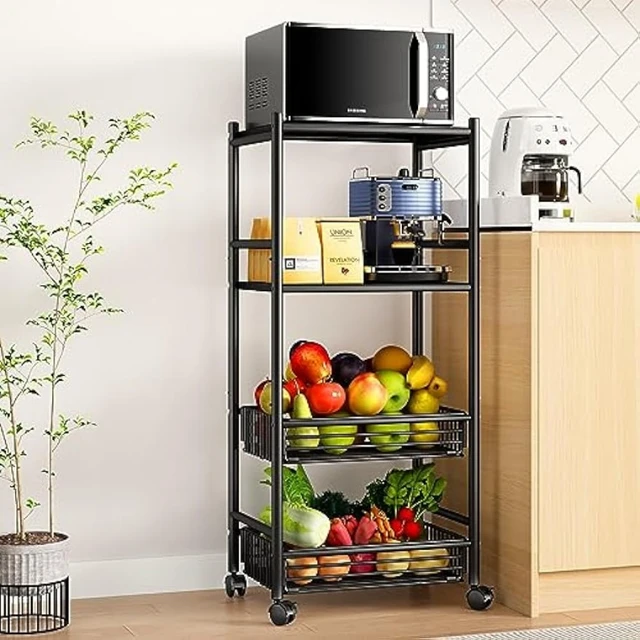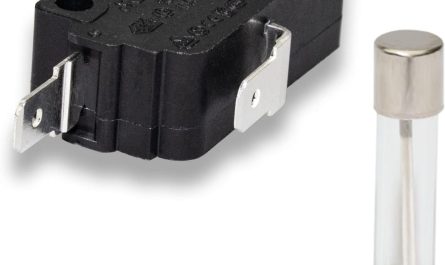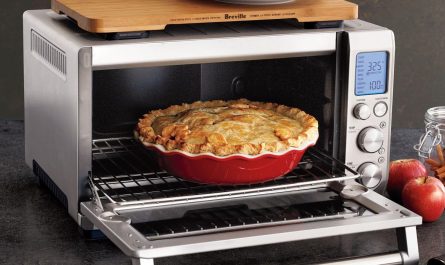Introduction:
Over-the-range (OTR) microwaves are a popular choice for homeowners looking to maximize kitchen space and combine microwave functionality with ventilation for cooking purposes. One common question that arises is whether an OTR microwave needs to be vented. Understanding the importance of ventilation, the options available for venting OTR microwaves, and the considerations involved can help homeowners make informed decisions about installation and ensure efficient and safe operation. In this article, we will explore the necessity of venting OTR microwaves, the benefits of ventilation, the available venting options, and key considerations for homeowners.

Does an OTR microwave need to be vented?
Purpose of Ventilation:
Ventilation is essential in any kitchen to remove cooking odors, smoke, moisture, and airborne particles generated during cooking.
Proper ventilation helps maintain air quality, prevent the buildup of grease and odors, and reduce the risk of mold or mildew growth.
Types of Ventilation:
There are generally two types of ventilation systems used in OTR microwaves: ducted and ductless.
Ducted Ventilation:
Ducted or external venting systems connect the OTR microwave to an external exhaust duct.
This system expels air, fumes, and odors directly outside, ensuring efficient removal of cooking byproducts.
Benefits of Ducted Ventilation:
Ducted ventilation is highly effective in removing cooking odors, steam, and smoke from the kitchen.
It provides a more efficient airflow, preventing the recirculation of odors and reducing the risk of grease buildup within the microwave and surrounding areas.
Ducted ventilation is ideal for homeowners who frequently cook with high heat or use their microwave for heavy-duty cooking.
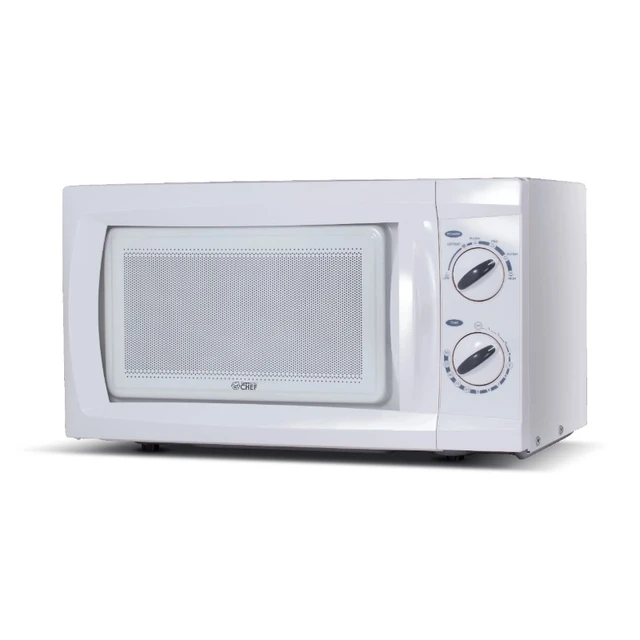
Ductless Ventilation:
Ductless or recirculating systems do not require an external exhaust duct.
Instead, they use filters to capture odors, grease, and airborne particles, then circulate the filtered air back into the kitchen.
Operation of Ductless Ventilation:
Ductless ventilation typically involves a combination of charcoal and grease filters within the microwave.
Charcoal filters help absorb odors, while grease filters trap grease and other particles.
Benefits of Ductless Ventilation:
Ductless ventilation offers flexibility in installation since it does not require an external duct.
It can be a suitable option for kitchens where installing a ducted system is challenging or not possible.
Ductless ventilation still provides some level of odor and particulate removal, improving air quality within the kitchen.
Considerations for Venting Options:
a. Kitchen Layout:
The layout of the kitchen may influence the choice of venting options for an OTR microwave.
The availability of an external exhaust duct, space constraints, and proximity to exterior walls can impact the feasibility of ducted ventilation.
b. Building Codes and Regulations:
Before installing an OTR microwave and ventilation system, homeowners should check local building codes and regulations.
These guidelines may dictate specific requirements for ventilation, such as minimum exhaust rates, duct sizes, or proximity to windows.
c. Existing Ventilation Systems:
Homes with built-in ventilation systems, such as range hoods or exhaust fans, may already have sufficient ventilation in the kitchen.
Homeowners can assess the effectiveness of existing systems and determine if additional venting for the OTR microwave is necessary.
d. Cooking Habits and Frequency:
Homeowners should consider their cooking habits and the frequency of microwave and stovetop use.
Those who frequently cook with high heat, produce significant smoke or steam, or use their microwave for heavy-duty cooking may benefit more from ducted ventilation.
e. Noise Considerations:
Ducted ventilation systems tend to be quieter during operation compared to ductless systems.
Homeowners who prioritize a quieter kitchen environment may prefer ducted options.
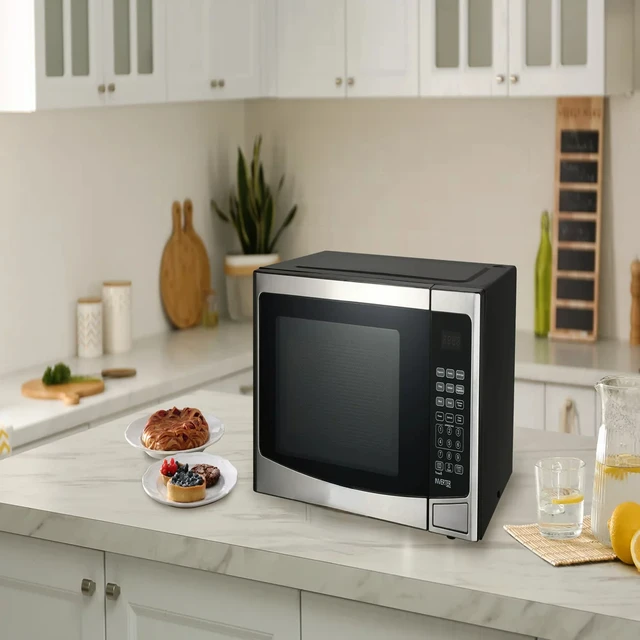
Maintenance:
Regular maintenance is essential for both ducted and ductless venting systems.
Ducted systems require periodic cleaning of exhaust ducts and filters to ensure proper airflow and odor removal.
Ductless systems require filter changes as recommended by the manufacturer to maintain optimal air filtration.
Professional Installation:
Proper installation of the OTR microwave and venting system is crucial for efficient and safe operation.
Homeowners who are not familiar with the installation process should consider professional assistance to ensure proper venting and compliance with safety standards.
Energy Efficiency:
When considering venting options for an OTR microwave, energy efficiency is an important factor to consider.
Ducted ventilation systems tend to be more energy-efficient as they expel air directly outside, allowing for better air circulation and reducing the strain on the microwave’s internal fan.
Ductless ventilation systems, on the other hand, recirculate air back into the kitchen after passing it through filters, which can slightly increase energy consumption.
Impact on Indoor Air Quality:
Proper ventilation plays a significant role in maintaining good indoor air quality in the kitchen.
Ducted ventilation systems effectively remove cooking byproducts, preventing the accumulation of odors, grease, and airborne particles.
Ductless ventilation systems also contribute to improving air quality by filtering out some odors and particulates, although they may not be as effective as ducted systems.

Odor Control:
One of the primary reasons for venting an OTR microwave is odor control.
Ducted ventilation is highly effective in removing cooking odors, preventing them from lingering in the kitchen and other areas of the house.
Ductless ventilation systems can help mitigate odors to some extent by capturing and filtering them, but they may not eliminate all strong or persistent odors.
Removal of Excess Moisture:
During cooking, steam and moisture are generated, which can lead to increased humidity levels in the kitchen.
Ducted ventilation systems efficiently remove excess moisture, reducing the risk of condensation on surfaces and potential mold or mildew growth.
Ductless systems may not be as effective in removing moisture, as they primarily focus on filtering odors and particles.
Compliance with Manufacturer Guidelines:
It is essential to consider the manufacturer’s guidelines and recommendations for venting when installing an OTR microwave.
Some manufacturers require specific venting options to maintain the warranty and ensure optimal performance of the microwave.
Failure to follow the manufacturer’s guidelines for venting may void the warranty or lead to inefficient operation.
Resale Value:
The presence of a vented OTR microwave can add value to a home, especially for potential buyers who prioritize kitchen convenience and proper ventilation.
Having a venting system in place demonstrates the homeowner’s attention to detail and consideration for air quality within the kitchen.
Local Climate Considerations:
The local climate can also impact the decision to vent an OTR microwave.
In regions with hot and humid climates, ducted ventilation can help remove excess heat and moisture, contributing to a more comfortable kitchen environment.
Cost Considerations:
Ducted ventilation systems may involve higher installation costs compared to ductless systems, as they require the installation of an external exhaust duct.
Homeowners should consider their budget and weigh the benefits of each option before making a decision.
Personal Preference:
Ultimately, the decision to vent an OTR microwave comes down to personal preference and individual circumstances.
Some homeowners may prioritize efficient odor and particle removal, while others may value installation flexibility or energy conservation.
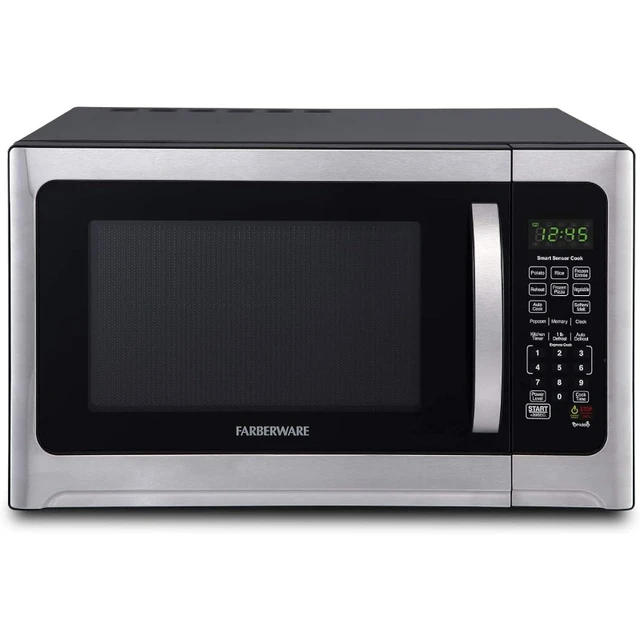
Conclusion:
Ventilation is important for any kitchen, and the choice to vent an OTR microwave should be based on individual needs, kitchen layout, and cooking habits. Both ducted and ductless venting options offer benefits and considerations. Ducted ventilation provides efficient odor and particle removal, while ductless ventilation allows for greater installation flexibility. Homeowners should assess their kitchen’s ventilation needs, consider existing systems, and adhere to local building codes and regulations. Regular maintenance and professional installation, if needed, will help ensure the efficient and safe operation of the OTR microwave and its ventilation system. By understanding the importance of ventilation and making informed decisions, homeowners can create a comfortable and odor-free kitchen environment.

